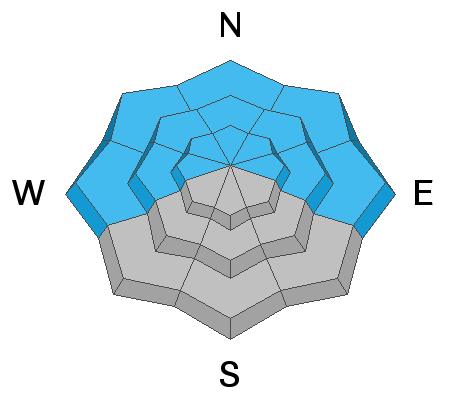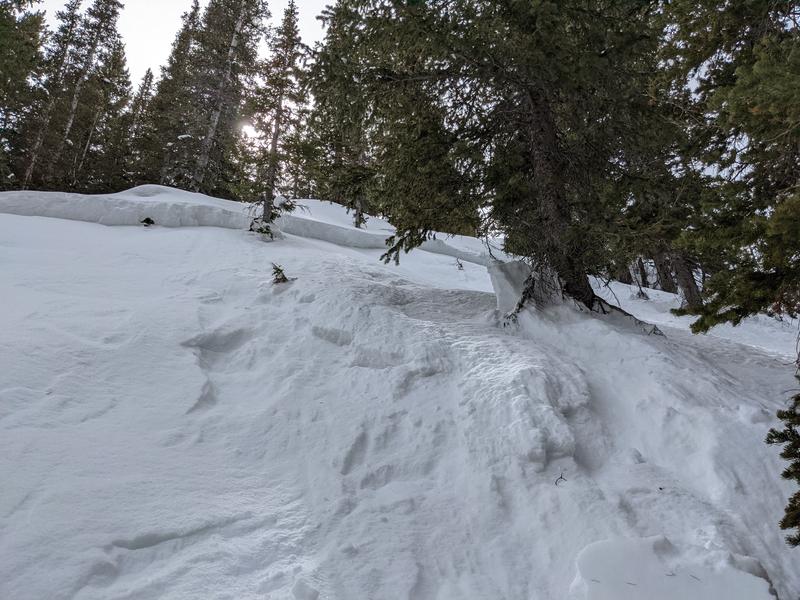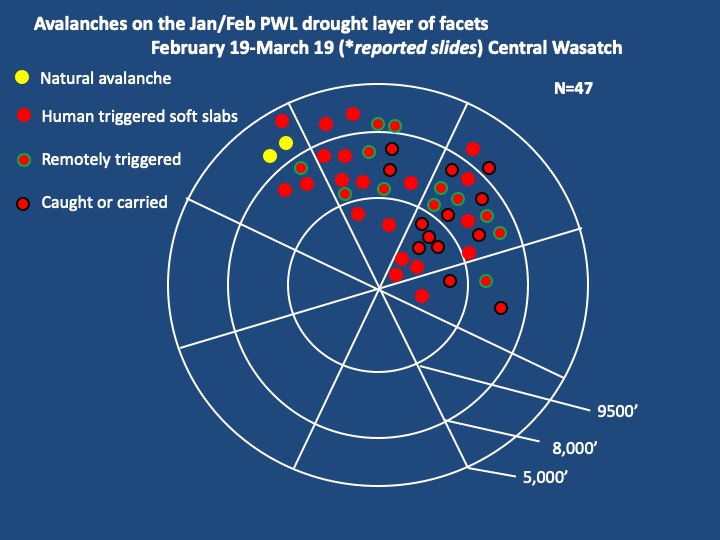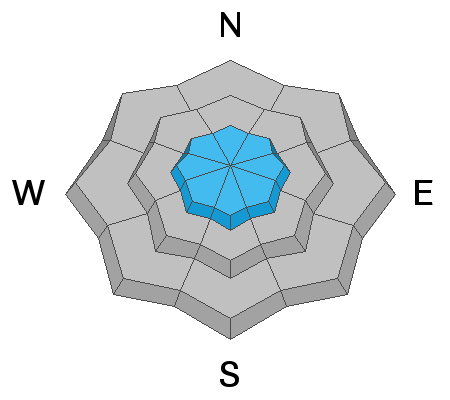Forecast for the Salt Lake Area Mountains

Issued by Greg Gagne on
Monday morning, March 21, 2022
Monday morning, March 21, 2022
A 'scary' MODERATE danger exists on steep west to north to east facing aspects at all elevations. You can trigger avalanches 1-3' deep and you can trigger avalanches from a distance or from below. The danger is more pronounced on north to northeast-facing slopes at the mid-elevations.
There is also a MODERATE danger on all aspects at the upper elevations where there are pockets of wind-drifted snow.
Cool temperatures and northerly winds should keep the snow surface cool, but loose wet avalanches may be possible on steep southerly aspects.
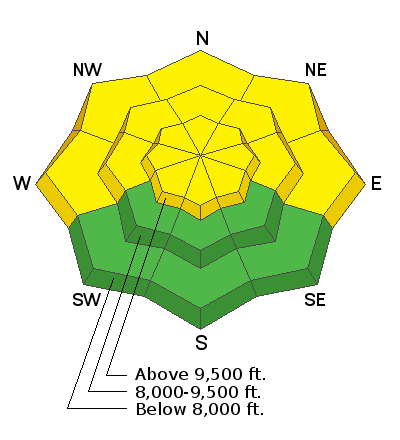
Low
Moderate
Considerable
High
Extreme
Learn how to read the forecast here



